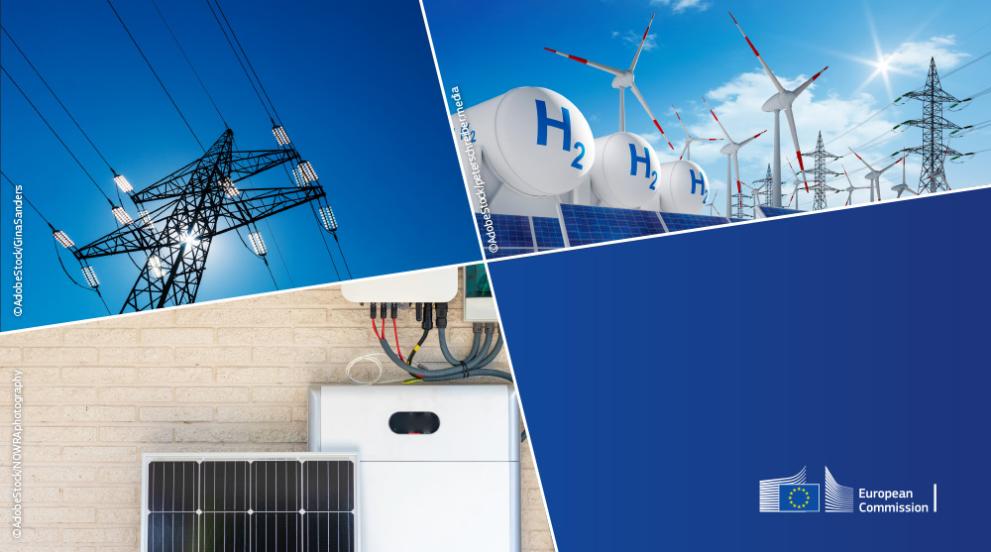
The Commission has published today a series of recommendations on energy storage, with concrete actions that EU countries can take to ensure its greater deployment. Analysis has shown that storage is key to decarbonising the EU energy system. By allowing excess electricity to be saved in large quantities and used later when it is needed, it increases a better penetration of renewable energy in the power system. These recommendations are accompanied by a Staff Working Document and the documents coincide with the publication of the Commission's proposal to review the EU’s Electricity Market Design.
Taking a broader look at the energy system of the future, the document underlines the fundamental role of flexibility that storage can provide to the electricity system. This flexibility helps adapt to changing needs and ensures the consumption of electricity matches permanently the generation of electricity. Storage can also lower electricity prices during peak times and empower consumers to adjust their energy consumption to prices and their needs. Finally, energy storage technologies facilitate the electrification of different economic sectors, notably buildings and transport. For example, beyond the electricity system, thermal storage can contribute to the decarbonisation of the heating and cooling sectors.
In concrete terms, the Commission is recommending EU countries to consider the specific characteristics of energy storage when designing network charges and tariff schemes and to facilitate permit granting. The Commission also encourages further exploiting the potential of energy storage in the design and operation of the networks. Some recommendations also address challenges related to a need for long-term visibility and predictability of revenues to facilitate access to finance (for example monetising services provided). Other actions outlined include storage-behind-the-meter, the role of flexibility sources in islands and remote areas, research and development, and the publication of data to facilitate investment decisions.
The 35-page Staff Working Document offers a more detailed analysis, also providing an outlook of the EU’s current regulatory, market, and financing framework for storage and identifies barriers, opportunities and best practices for its development and deployment.
Related links
- Commission Recommendation (C/2023/1729) and Staff Working Document (SWD/2023/57)
- Energy storage
- Electricity market design
Details
- Publication date
- 14 March 2023
- Author
- Directorate-General for Energy
